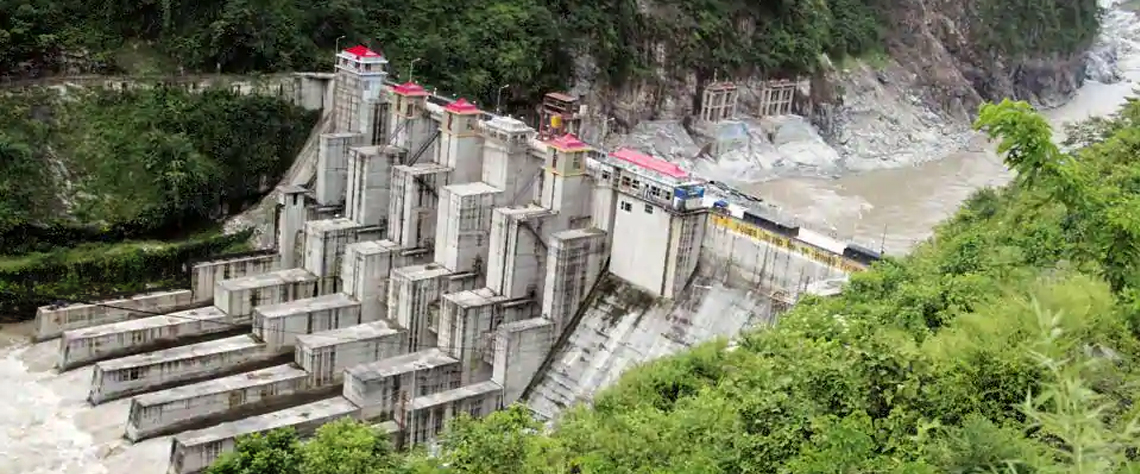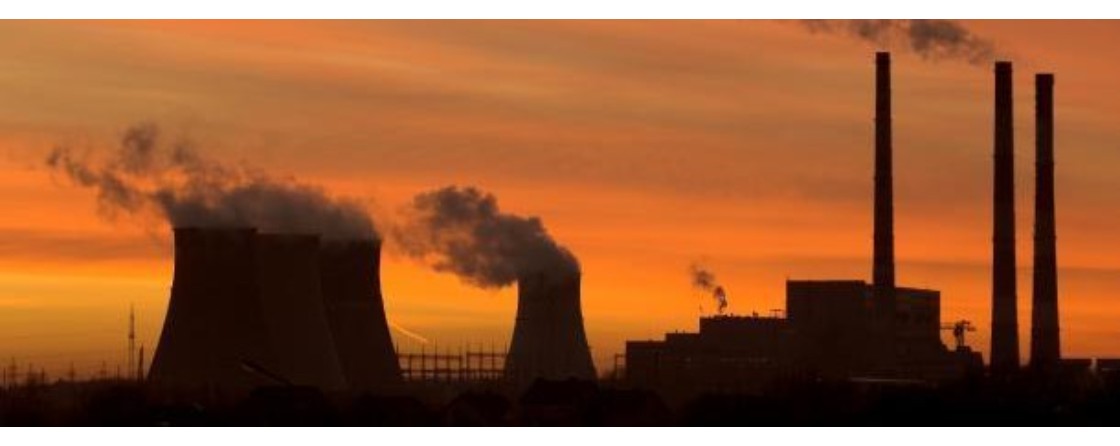Analysing the Draft Environmental Impact Assessment (EIA) Notification 2020
1. Is the draft EIA 2020 significantly different from EIA notification 2006? What do you make of this new draft?
At first glance it seems that the draft EIA 2020 is not very different from the 2006 notification read with all its amendments, executive clarifications and the court directions that were already in effect between 2006 and now. This draft pulls it all together into one document. So for those who have been tracking EIA changes, it is not surprising. There are some incremental changes like exemptions for a few more sectors, procedures made lenient for a few more, some more penal provisions for violations and such .
From these, it’s tempting to conclude that we were at a point in 2006 and now we are a few steps below or beyond it. But this is not really the case. What makes this draft so unique is that this is the government’s thinking when our economy is crashing like never before. Not only is ours going downhill but the economic world order is practically changing with the covid lockdowns across the globe. So while the language in the draft is old, everything around in the world has changed.
This draft creates a complacency that may be dangerous. The draft makes one feel like this is familiar and that things just got a bit worse. But that is the farthest thing from truth because all the assumptions that the EIA system is based are under question now. Due to the recession, we may not have many major projects coming up, then why have an approval granting machine? If projects do come up they may not have funds or may not want to invest funds in environmental measures and they may want all kinds of resources handed to them cheaply so they can reap profits even in a recession. If this is a possibility we are looking at, should we not be thinking carefully before we put this EIA system in place? Instead the proposed clauses have an audaciousness or a bravado about them as if nothing has changed.
2. The draft EIA 2020 has been notified at a time when there is a massive economic slowdown due to COVID-19. If notified, will EIA 2020 boost economic growth by simplifying processes for industries and infrastructure?
Environment Approvals cannot boost the economy. This myth has been propagated by successive governments by calling approval procedures a hurdle, hindrance or a bottleneck. The Ministry has made the frequency of approvals and ease of securing them as its target objective based on this misplaced logic. And it keeps reproducing this false narrative of environment vs development.
Speedy approvals may at best help to secure investments from the market and finances from banks in the short term. At worst, if approvals are given to the wrong projects, they can bring entire sectors if not the whole economy down. We have examples of this in the coal-gate of 2014 and the hydel-gate of the Northeast dams. The real estate sector is also a good case in point. Approved projects can also get stuck really badly because people are affected by them and take measures to protect their communities and environmental resources. These are usually the people ignored by the speedy approval procedures.
Achieving economic growth actually needs very careful economic planning at various levels. And growth does not have to come at the cost of the country’s people. So far we have seen no sign of such careful thought for the economy from this government.
3. What does the draft EIA 2020 mean for India’s environment? How does it affect existing environmental standards?
The draft now brings 43 sectors within its regulatory purview but it thins down the regulatory process for them. The draft lays out a six step process and many definitions, giving the impression that there is an elaborate process of scrutiny in place, before a project is approved. However, all this needs to be read with the range of exemptions and provisos. For instance many projects would only require an Environmental Permission (EP) without detailed assessments or public hearings. The draft is also extremely lenient towards expansion and “modernisation” projects that basically use more advanced technologies or raw materials. For instance all projects can enhance their capacity by 10% without any appraisals and just an online application. The draft proposes that the regulators take the project’s word for these aspects.
The draft sets severe limits on the quality of project appraisal, provides for a standard terms of reference for almost all project assessments, increases the validity of the approval period. It gives exemptions to more sectors from public consultation, allows lighter monitoring and compliance protocols for projects. These are all examples of lowering the standards of environment regulation of projects. This is not the direction we must be going in at all given climate change is a harsh reality all around us.
4. How does the draft EIA impact people? Does it have enough provisions for impacted communities to be heard?
Common people have always been and continue to be peripheral to the EIA notification. We say this knowing fully well that the public hearing process has been in the notification since 1997, and it still remains here with its form and purpose watered down a lot. For example: The EIA 2006 notification had reduced the scope of public hearings to only comment on a draft EIA report. So when people came to the hearing to speak about how profoundly the project would take away their resources, these public hearings simply ticked the procedural boxes. As you know as a reporter of these issues, even though many public hearings have seen almost total opposition to a project, that project has been approved by the government.
Yet, this public space is very important for all of us. As people who may be affected by projects, we need information about the project, we need to know from the proponent of the project why they think it’s a good idea to promote it and we need our views about the project to be heard by all parties. This is a reasonable expectation to have in a democracy. In fact, it is the democratic nature of the public hearing that gives the EIA process its legitimacy. Without this, project decisions would be a blatant resource grab. So irrespective of whether people can freely talk at these hearings, the government concludes that it has heard people.
Public hearings are still these in the notification but it has been contained a lot by reducing the notice period from 30 to 20 days and by exempting many projects from public hearings altogether. There is a clause in the draft that says that there should be no postponement of date, time, venue of a public hearing unless some untoward emergency situation occurs and the postponement will be done only on the recommendations of concerned authorities.
5. There is a contentious provision in the draft on regularising EIA violations or projects which have already come up without following due process. What will be the impact of this provision? Can we expect more projects to violate?
This is one of the more significant aspects of the Draft EIA 2020. This is a big public admission from the government that the EIA system suffers from a great number of violations and this is systemic. This acknowledgment has come due to the hard work of many people and organisations who have pointed to project violations, documented them and taken them to task. It seems that the government is ready to admit that development projects have operated outside the framework of law.
So the question now is whether this problem of rampant violations should be handled through statutory law or through government regulation? In this proposal the government is trying to deal with violations like they are remediation projects. But what about the legal liability of these projects that have operated with impunity?
We are not very confident that the government can carry through this attention it wants to give to violations because it has historically played a facilitative role to development projects in its job as an environmental regulator. Now it seems difficult to think that this same institution can restrain projects and extract from them the much needed remediation and compensation costs. Actually these are matters of justice and need to be taken up by a much higher and powerful agency because affected people are waiting for not just the remediation of ecosystems destroyed by these projects but also compensations of various kinds for all their suffering in terms of health, loss of livelihoods and trauma. Given our economic situation now, industry will try to externalise these liabilities further. In this situation, victims of environmental degradation should not be treated as anti-developmentalists for seeking justice.



